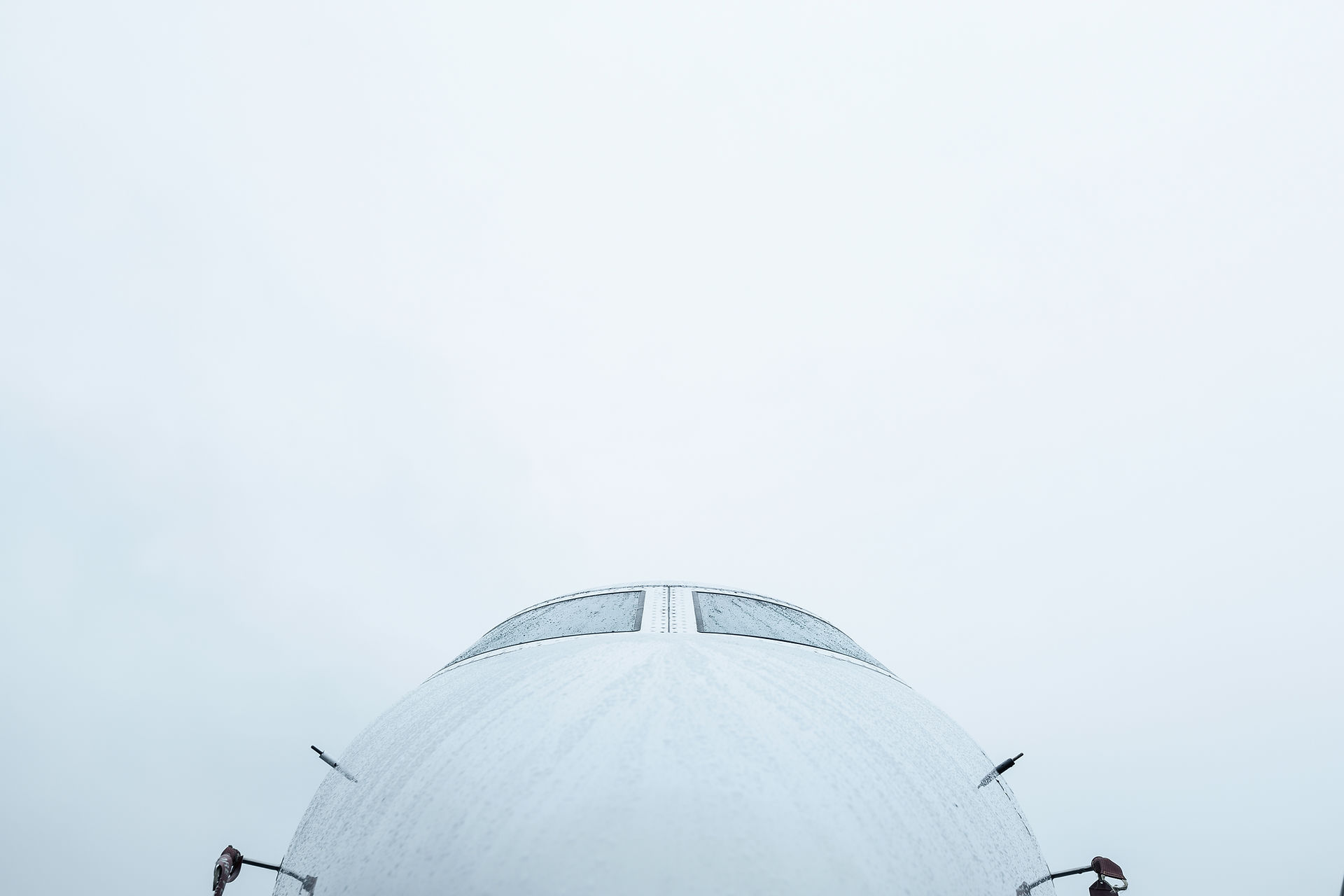Japan Airlines Flight 516 and The Successful Evacuation
- Heidi Richards
- Jan 17, 2024
- 4 min read
Shortly before Japan Airlines Flight 516 became engulfed in flames, all 379 passengers and crew executed a rapid evacuation. Reflecting on the events that occurred just over two weeks ago, the escape of so many individuals from the impending tragedy is noteworthy. Initial news coverage vividly depicted the intensity of the fire, and the evacuation appeared almost surreal. Ongoing revelations provide a clearer timeline of the events leading up to the unfortunate incident.
Transcripts
Transcripts released on that Wednesday illustrated communications at 5:34 p.m. amongst air traffic control, JAL 516, and the small Bombardier Dash-8 aircraft. Four minutes before landing, the Airbus A350 was cleared to land on runway 34R. Only ten seconds later does the small Coast Guard-led Bombardier make contact with the air controller, requesting No.1 departure priority. The controller confirms and directs the smaller aircraft to taxi to holding point C5 (an intersection between runways). No further communications were recorded until the crash. Between 5:34 and 5:36 the bombardier is seen moving from the taxiway onto runway 34R.
Landing & Collision
At 5:37 PM, about 40 seconds after the Bombardier's movement onto the runway, the JAL flight touched down directly on top of the smaller aircraft. It only took a few short moments before the night sky was illuminated by the fires from both planes. The Airbus A350 continued down the runway for another kilometer before coming to a blazing halt.

The Evacuation
All airports have emergency response teams at the ready. Given the severity of this situation, fire engines and emergency workers were quickly dispersed across both wrecks. At this time emergency procedures were already taking place onboard flight 516. According to reports the JAL intercom system malfunctioned and the crew was led to announce the evacuation protocols by megaphone. Like all emergencies, the crew repeatedly urged the passengers to stay calm and leave their belongings behind, while making their way to the closest exit. Unfortunately, only three emergency doors were usable as the five others were deemed unsafe (due to the flames that were cascading up the aircraft); two forward ones and the rearmost door on the right-hand side. All emergency doors are equipped with slides that are deployed when the armed door is opened. Slides are armed before takeoff and landing by crew members. The slide is required to be self-deploying in the event a door or an exit is opened in an armed position, and it must inflate completely within six seconds.
The total time it took for all passengers to evacuate was approximately three minutes. The Captain spent approximately fifteen more minutes walking both aisles of the aircraft from front to back to ensure that all passengers and crew had evacuated. It is surreal that hundreds of people were able to calmly exit an aircraft engulfed in flames in less than 3 minutes. To fully understand how this is possible one must look at all the evacuation slides and procedures that are put in place for emergencies, as exemplified by Flight 516.
The Evacuation Tools
The first ever evacuation slide was developed and produced in 1956 by Air Cruisers, founded by James F. Boyle, the inventor behind the World War II life vest, Mae West. At the time of its creation inflatables were overlooked as a vital safety component, instead canvas was used (canvas slides can still be found on some out-of-production Russian aircraft). Requiring an enormous amount of maintenance to set and rig, canvas slides were difficult to ensure proper execution at a time of emergency. When patented in 1956, the evacuation slide (inflatable) was lightweight and could easily be packed between the fuselage and exterior of a plane. It was not until 1965 that the slide was adapted to become a floatation device in case of an emergency water landing. Air Cruisers, formerly part of Zodiac Aerospace and now owned by Safran, is the world's largest provider of evacuation slides. A prime example of this extraordinary multifaceted device can be found in US Airways Flight 1549, the “Miracle on the Hudson” flight from January 15, 2009...
Shortly after takeoff flight 1549, the Airbus A320 flew into a flock of Canada geese, causing both engines to be severely damaged. About three and a half minutes later, the plane landed in the Hudson River. Afloat atop the fridge water, emergency doors were opened at several locations across the aircraft. Sliderafts were inflated within the certified deployment time (6 seconds) and were used by most of the passengers as they awaited the rescue boats (some passengers were standing on the wing). The successful water landing by Capt. Chesley Sullenberger and Co-Pilot Jeffrey Skiles, and the successful design and implementation of the evacuation sliderafts, resulted in all of the passengers and crew being rescued safely.

It is always a marvel when a story circulates detailing the perseverance of people during moments of disaster. The collision between Japan Airlines Flight 516 and the smaller Bombardier Dash-8 Aircraft that led to five deaths and several injuries was tragic. However, with the proper training and equipment, the loss was far less than what could have been. The evacuation of Flight 516 is another success story regarding the effectiveness of redundancies in design, manufacturing, quality control, and testing. The professionalism exhibited by both the cabin crew and the flight crew reflects the intense training that airline personnel undergo.


Comments